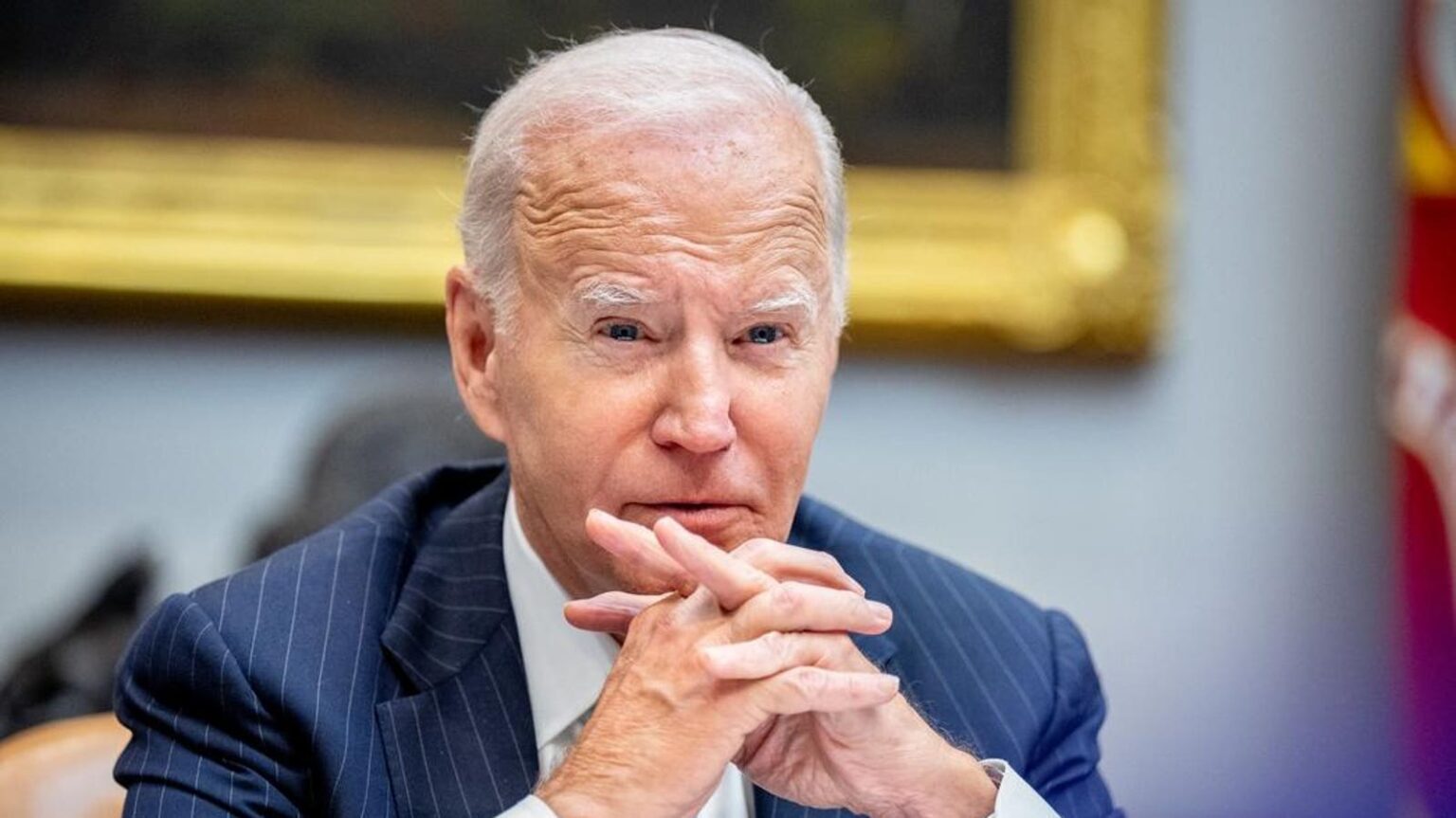On October 11, 2024, President Joe Biden’s administration announced an extension of relief for federal student loan borrowers who are in default, prolonging a pause on involuntary collection activities for at least three additional months. Previously, borrowers in default experienced respite during the COVID-19 pandemic from traditional collection methods, which can involve tactics like wage garnishment and tax refund seizure. This protection was initially enacted during the forbearance period that started in March 2020 and continued for three and a half years. Following this, additional safeguards under the “on-ramp” and Fresh Start programs allowed borrowers to avoid severe consequences for defaulting for an additional year. However, this temporary relief was set to end in early October 2024, after which the Education Department was gearing up to resume collection actions against these individuals.
The on-ramp initiative and the Fresh Start program were designed to facilitate a smoother transition for borrowers returning to repayment after the extensive forbearance period caused by the pandemic. These initiatives helped shield borrowers from dire consequences resulting from missed payments, including defaults, which could severely impact their credit scores. It’s important to note that these programs were automatic and did not require proactive steps from borrowers to activate them, extending a lifeline during a chaotic time financially for many. However, with their conclusion, the risk of borrowers falling behind or remaining in default emphasized the instability of the federal student loan landscape, which was further complicated by ongoing legal challenges against Biden’s proposed student loan forgiveness measures.
The Biden administration’s recent extension of the pause on involuntary collections until early 2025 effectively grants borrowers additional time to rectify their federal student loan statuses. As millions of Americans prepare to vote in the upcoming elections, this move aims to prevent borrowers from experiencing punitive actions linked to their loan defaults. According to statements from the White House, there will be no involuntary collection actions against defaulted federal student loan borrowers until 2025. Consequently, actions such as wage garnishments or offsets from Social Security benefits will be suspended for this year, allowing individuals to explore their options for resolving their loan status without the immediate threat of collections.
Nevertheless, this reprieve is merely temporary. Starting in 2025, borrowers who have not kept up with their loan payments or remain in default will face significant repercussions. The Education Department has indicated that delinquent payments may not be reported to credit agencies until January 2025, which could lead to further complications when defaulted loans eventually trigger mandatory collections and negative credit reporting later in the year. As the landscape of student loans continues to shift, struggling borrowers are being urged to take the necessary steps to manage their payments and avoid entering default again.
Borrowers facing financial difficulty have various options available to them. They can opt for deferment or forbearance to delay repayment or apply for income-driven repayment plans that can adjust their monthly payments based on their financial capacity. While those in default may no longer access the Fresh Start initiative, alternatives such as Direct Loan consolidation and rehabilitation could help restore their loans to good standing. The urgency of the situation cannot be understated, as borrowers must act swiftly in the coming months to avoid further complications that could arise from missed payments.
Ultimately, the Biden administration’s ongoing struggle to implement effective student loan forgiveness and repayment strategies remains a work in progress. With increased scrutiny from legal challenges and the complexities of the current student loan system, borrowers are left navigating an uncertain path. They are now faced with a limited three-month window to arrange their repayment plans and avoid the severe consequences of delinquency. As the year progresses, many will be looking for solutions that can help them obtain financial stability while also seeking fairness in their student loan repayment experiences.

